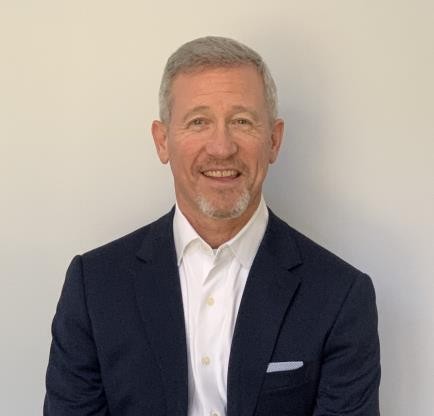- Video Library
- Todd Usen, Activ Surgical - Pioneering Digital Surgery Imaging | LSI Europe '22
Todd Usen, Activ Surgical - Pioneering Digital Surgery Imaging | LSI Europe '22

Todd Usen
Todd Usen joined Activ Surgical in January 2019, where he has overseen the FDA clearance of it's ActivSight technology, as well as leading four Series fundraising rounds totaling over $86 million. Todd came to Activ Surgical after he served as the President of the Medical Systems Group at Olympus Corporation of the Americas, where he helped lead the expansion from 6 medical divisions to 11 in 3.5 years.
Prior to joining the Olympus Corporation, Todd held the position of President, Orthopedics, at Smith and Nephew, overseeing the Total Joint, Sports Medicine and Trauma divisions.
He has held several other vital positions for Smith and Nelson including Senior Vice President and General Manager, Joint Reconstruction; Senior Vice President, Sports Medicine; and Senior Vice President, Endoscopy.
Prior to Smith and Nephew, Todd worked for Boston Scientific as the Vice President of Sales for the Neurovascular division, Director of Endoscopy Sales, and Global Manager of Field Development.
He did his MBA work at Pepperdine University and graduated Magna Cum Laude from the Isenberg School at the University of Massachusetts, where he played baseball and was recognized and inducted into the "Outstanding College Students of America" and the Golden Key National Honor Society.
Todd currently resides with his wife, Melissa, twin daughters, Morgan and Rachel, and son, Tyler, in Bolton, MA.
Todd Usen
Todd Usen joined Activ Surgical in January 2019, where he has overseen the FDA clearance of it's ActivSight technology, as well as leading four Series fundraising rounds totaling over $86 million. Todd came to Activ Surgical after he served as the President of the Medical Systems Group at Olympus Corporation of the Americas, where he helped lead the expansion from 6 medical divisions to 11 in 3.5 years.
Prior to joining the Olympus Corporation, Todd held the position of President, Orthopedics, at Smith and Nephew, overseeing the Total Joint, Sports Medicine and Trauma divisions.
He has held several other vital positions for Smith and Nelson including Senior Vice President and General Manager, Joint Reconstruction; Senior Vice President, Sports Medicine; and Senior Vice President, Endoscopy.
Prior to Smith and Nephew, Todd worked for Boston Scientific as the Vice President of Sales for the Neurovascular division, Director of Endoscopy Sales, and Global Manager of Field Development.
He did his MBA work at Pepperdine University and graduated Magna Cum Laude from the Isenberg School at the University of Massachusetts, where he played baseball and was recognized and inducted into the "Outstanding College Students of America" and the Golden Key National Honor Society.
Todd currently resides with his wife, Melissa, twin daughters, Morgan and Rachel, and son, Tyler, in Bolton, MA.

17011 Beach Blvd, Suite 500 Huntington Beach, CA 92647
714-847-3540© 2025 Life Science Intelligence, Inc., All Rights Reserved. | Privacy Policy







